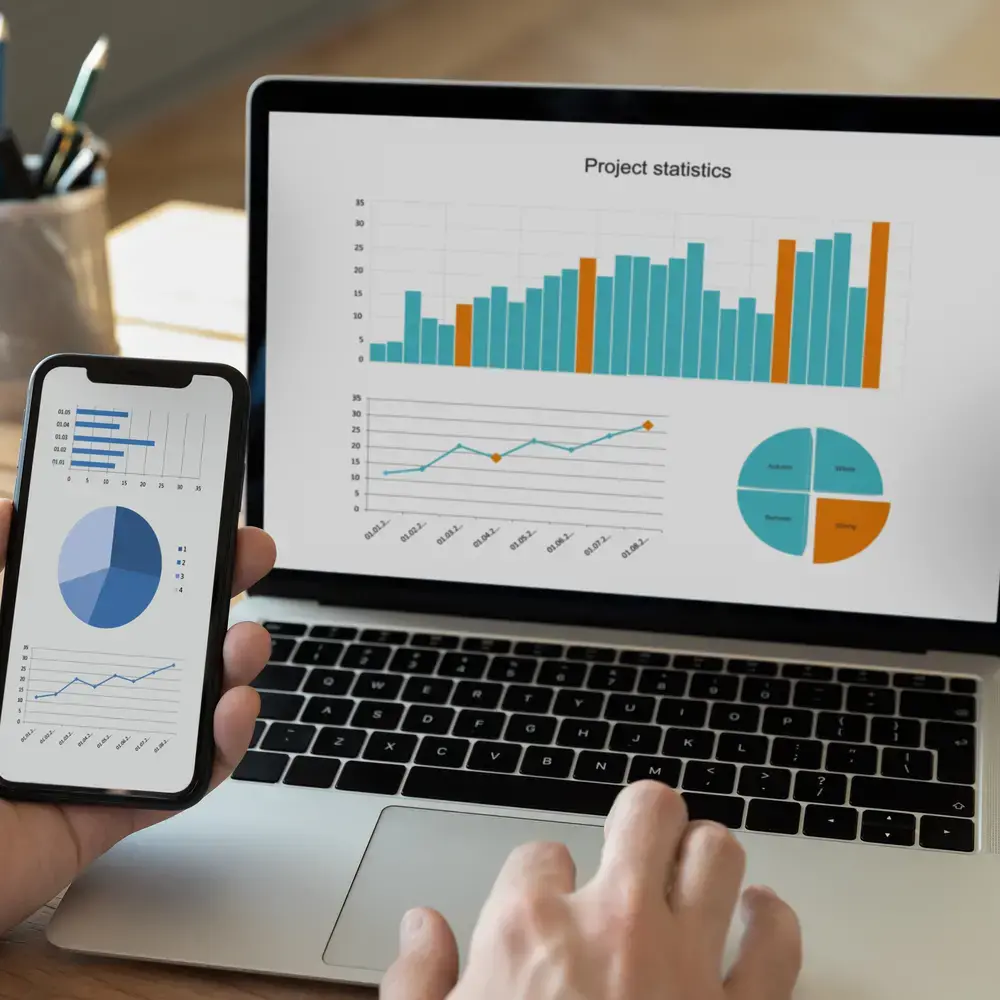5 Key Benefits of Linking Reporting to Your TMS

In the clinical world, monitoring and reviewing the status of translations across multiple countries has consistently been a challenge. Managing multilingual clinical trial documents such as patient recruitment materials and meeting country-specific regulatory requirements are all costly and time-intensive parts of the clinical product development process. So, how can we streamline this process to make it simpler, easier, and more effective?
Four words: data reporting module integration.
It’s important for life sciences companies to have a translation management system (TMS) with data reporting linked directly to the technology. Before diving into these benefits, however, let’s discuss what exactly a TMS is.
What is a TMS?
Creating, launching, and managing content across multiple languages can be a complex process, particularly within the life sciences space. Typically, content is managed across multiple platforms in many different formats. This content is often coming from contributors that are sometimes on opposite ends of the world.
Here is where translation management systems come into play. A TMS is a software tool that helps users streamline the content translation workflow in real time.
For companies expanding their global footprint, it’s important to consider data reporting integration for translation management systems.
Why does reporting need to be integrated with your TMS?
Global companies operating across different regions face many challenges when managing content, including changing regulations, increasing sources in multiple languages, and existing workload obstacles. This is why it is critical to have reporting linked directly to your TMS. Pulling real-time data and generating automated reports helps companies track the status of country workflows and language and process reviews to meet study start-up timelines.
Here are five key benefits of linking reporting to your TMS:
1. Improved Time Management
Global clinical documentation is often filed across many different systems and applications. Managing the translation process can be a challenge, particularly in cases across different regions, time zones, and stakeholders.
In a constantly changing regulatory environment, the ability to work in real time on one platform without time or location barriers is crucial for meeting requirements and deadlines.
Additionally, tracking the translation process for many different languages can be a monumental task. There are tons of documentation materials to monitor for auditability and accountability purposes. By integrating reporting with your TMS, you no longer need to manually track and download files; instead, it’s seamlessly automated. This means more time for staff to focus on other responsibilities rather than tediously tracking emails and spreadsheets.
2. Increased Transparency
Having reporting linked to your TMS enables greater transparency. If you don’t link reporting to your TMS, enrollment support materials must be manually tracked and reported through a decentralized process. Integrating data reporting means greater accountability for translations, a.k.a. improving tracing for auditability.
3. Reduced Complexity
Linking reports to your TMS gives you a simple tool to easily track global content. This helps reduce confusion and complexity when analyzing data and preparing for regulatory audits. Automated capabilities also help reduce the complexity of the process, enabling faster deliverables and submissions.
4. Lowered Costs
Managing documents across different systems can be not only confusing, but also a waste of time and resources. By linking reporting to your TMS, resources can be better allocated and used. It can also save time, ultimately reducing affiliated costs in the long term.
5. Enabled Integration
The ability to integrate other platforms and technology with your TMS enables vast opportunities to analyze, understand, and apply process data in new ways. Tracking all data and statuses helps to ensure regulatory readiness and reduces costs and complexity. This is particularly true for global trials that require translation of multilingual content.
For example, the Veeva Vault and translation management system integration allows multilingual materials to be accessed on one secure platform. This reduces risks of data privacy breaches while still streamlining the translation process.
If you would like to learn more TransPerfect Life Sciences’ solutions for configuring integration of translation management systems with reporting capabilities, contact us here.
